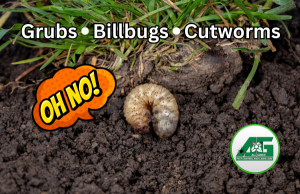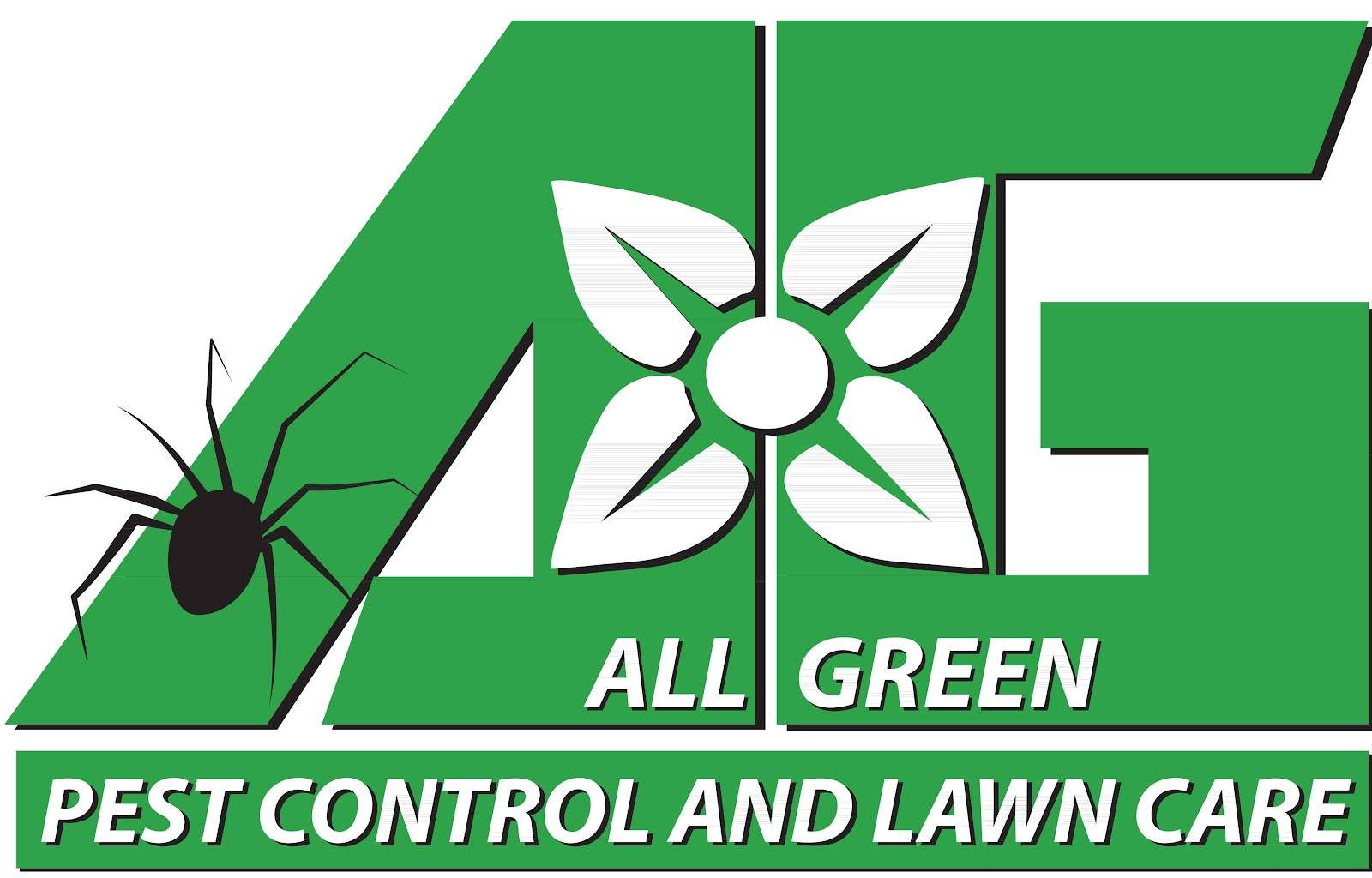
Healthy, green turfgrass can quickly be overtaken by unseen invaders that dwell just below the surface—turf insects. From grubs and billbugs to cutworms and cranberry girdlers, these pests can devastate residential lawns, athletic fields, and commercial landscapes throughout St. George, American Fork, Draper, and the greater Utah County and Salt Lake County areas.
In this guide, we’ll explore the most common turf-destroying insects, their life cycles, feeding behaviors, and most importantly, how to identify and control them effectively.
🪲 Turf Insects That Damage Lawns in Utah
Utah’s climate and turfgrass varieties (Kentucky bluegrass, perennial ryegrass, and tall fescue) attract a range of damaging insects. Here are the most common culprits:
1. Grubs: Subterranean Root Feeders
Grubs are the larval stage of several beetles, including Japanese beetles, June beetles, and masked chafers. They are among the most damaging turf insects due to their feeding on grassroots.
Life Cycle
- Egg laying: Mid-to-late summer (June–August)
- Larval stage: Grubs hatch in 2–3 weeks and feed aggressively through fall
- Pupation: Late spring
- Adult emergence: Early summer
Signs of Damage
- Turf feels spongy and lifts easily like a carpet
- Brown or wilting patches appear in late summer or early fall
- Presence of raccoons, skunks, or birds digging for grubs
Control Tips
- Use preventative insecticides (like imidacloprid) before eggs hatch (source)
- Maintain healthy turf to resist grub damage
- Apply beneficial nematodes for eco-friendly control
2. Billbugs: The Hidden Killers
Billbugs, especially the bluegrass billbug, are weevils that lay eggs inside turf stems. The larvae then eat their way out, damaging the plant from within.
Life Cycle
- Adult emergence: Spring (April–May)
- Egg laying: Late spring into early summer
- Larval stage: May–July (cause most damage)
- Pupation and overwintering: Late summer to fall
Signs of Damage
- Small, dead patches in early summer
- Stems break easily at soil level (“sawdust-like” frass visible)
- Irregular, thinning turf especially in sunny areas
Feeding Behavior
- Adults chew stems, larvae feed on internal stem and crown tissues
Control Methods
- Use systemic insecticides in spring before larvae hatch (source)
- Overseed damaged areas in fall
3. Cutworms: Nighttime Turf Invaders
Cutworms are nocturnal caterpillars that cut grass blades near the crown. The variegated cutworm and black cutworm are common in Utah turf.
Life Cycle
- Egg laying: Spring and summer
- Larval stage: 3–5 weeks of intense feeding at night
- Pupation: In soil for 2–3 weeks
- Multiple generations/year in warmer regions like St. George
Signs of Damage
- Circular dead spots in the lawn
- Chewed grass blades near the crown
- Increased moth activity near turf at dusk
Feeding Behavior
- Larvae feed at night, hiding in soil or thatch during the day
Control Methods
- Nighttime inspection with soap flush technique (instructions)
- Spot-treat affected areas with targeted insecticides
- Reduce thatch to minimize hiding places
4. Sod Webworms: Silken Tunnel Builders
Sod webworms are the larvae of lawn moths. They create silk-lined tunnels in thatch and emerge at night to feed on grass blades.
Life Cycle
- Eggs laid in late spring and again in late summer
- Larval feeding: Early summer and again in fall
- Two generations per year in Utah valleys
Signs of Damage
- Irregular brown patches in sunny areas
- Grass blades notched or chewed
- Moths fly in zigzag patterns when disturbed
Control and Prevention
- Mow and dethatch to disrupt their habitat
- Biological control using Bacillus thuringiensis (Bt)
- Insecticides like bifenthrin for heavy infestations
5. Cranberry Girdler: A Lesser-Known Threat
While less common, cranberry girdlers are destructive in the mountainous and cooler regions of Utah County and Salt Lake County.
Life Cycle
- Egg laying: Late June to early July
- Larval feeding: July through October
- Overwinter as larvae in soil
- Adult emergence: Next summer
Damage Indicators
- Dead patches in late summer
- Thinning turf with shallow roots
- Silky tubes near the base of the plant
Control Strategy
- Aerate and topdress to promote root health
- Apply beneficial nematodes in late June
- Use labeled insecticides for larvae in soil
Turf Insect Damage in Utah Communities
Whether you’re in St. George’s red rock landscapes, the cool highland lawns of Draper, or the rapidly growing suburbs of American Fork, turf insects can strike year-round.
Customized Solutions by Region:
- St. George & Washington County: Focus on cutworm and grub prevention during hot summers
- Draper & Salt Lake County: Billbug and sod webworm activity peaks during cooler spring/fall
- American Fork & Utah County: Cranberry girdler and grubs pose seasonal threats
We recommend contacting a local pest control professional who understands regional insect pressure and climate factors. Our team serves Washington, Salt Lake, and Utah Counties with tailored turf management plans.
Final Thoughts: Protect Your Lawn from Turf Insects Before It’s Too Late
Regular inspection, timely treatment, and preventive care are key to keeping turf insects at bay. Whether it’s grubs gnawing at roots, billbugs hollowing stems, or cutworms feeding after dark, early identification makes all the difference.
Need Turf Insects Control in Utah?
We provide turf pest inspections and eco-conscious treatment programs in:
- St. George & Washington County
- Draper & Salt Lake County
- American Fork & Utah County
📞 Call today or schedule a turf inspection online!f
Resources & Further Reading
- Utah State University Extension – Turf Insect Pests
- MSU Extension Grub Control Guide
- University of Kentucky – Turfgrass Insect ID
- Purdue University Billbug Info
Turf insects are harmful to your lawn, but what about bugs that are harmful to humans? Learn more about black widow, hobo, and brown recluse spiders!
